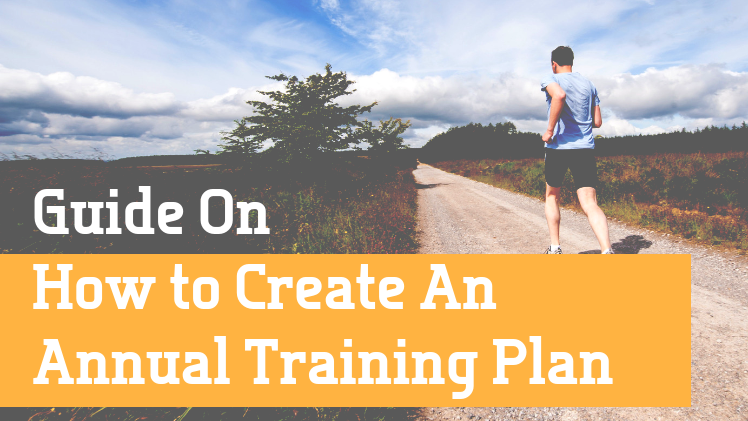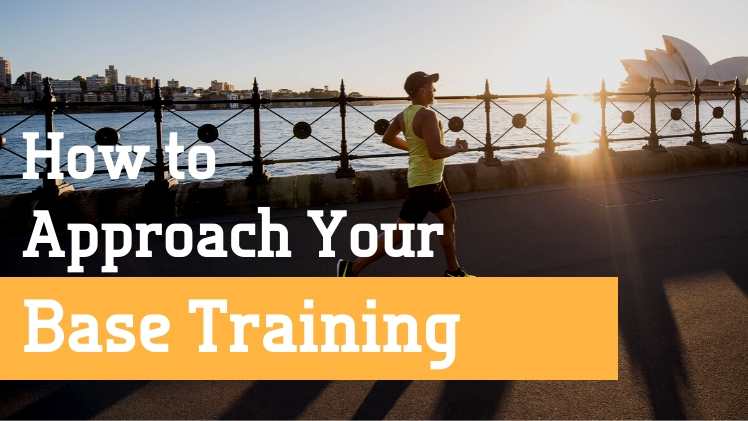GET FASTER FOR YOUR NEXT HALF MARATHON

The half marathon is currently one of the fastest growing running events in the world.
 At 21.1km, it is long enough to require endurance and mental toughness, but short enough for most runners to tackle with less than a year of running experience.
At 21.1km, it is long enough to require endurance and mental toughness, but short enough for most runners to tackle with less than a year of running experience.
A full marathon is often more of a bucket list thing which takes months of specific preparation and ideally a few years of consistent running.
A half marathon however is something that pretty much anyone can accomplish with a well structured 12 week training program and a strong mind on race day.
It is long enough, and hard enough event to feel an enormous sense of achievement at the finish line.
For your half marathon to be a success you need to make sure you have the right training approach.
You need to do enough training to build strength and endurance, but not so much that you develop niggles or injuries which prevent you from running.
There are three half marathon specific training sessions that I recommend you adopt into your training, there is also a sneaky fourth session that I highly recommend and will be missing from almost every other half marathon training plan you will find.
No 1: The Long Run
A weekly long run is an essential element of any training program. The actual distance of your long run will be determined by the event you are training for (in this case a half marathon), how many years you have been running, your injury history and your actual goal for the event (i.e. to "finish", or to "smash your PB").
The purpose of the long run is to build general endurance which will help you to run further, and also help you to maintain faster paces for longer periods of time. Long runs also increase your running economy (efficiency) which ultimately helps you to run faster with less effort.
One of the biggest obstacles for beginner runners, or those new to the half marathon distance, is a lack of endurance. The weekly long run is essential to help overcome this.
More experienced runners and those looking to run a PB have a different obstacle to overcome. The 21.1km distance isn’t usually an issue, it is trying to maintain a “fast” pace for the full 21.1km that causes problems. These experienced runners might actually need to run further than 21km in their training program to build more endurance, which will in turn help their body to maintain a faster pace for the entire half marathon distance.
Even though the long run is an essential component of every runner’s half marathon training, it has to be within the limits that your body can tolerate. There is no point in training the house down, but being injured on race day and either underperforming or maybe not even finishing!
You need to build the distance of your long runs gradually, and incorporate recovery weeks every 4 – 5 weeks to allow your body and immune system a chance to recover and adapt to the training load.
No 2: The Tempo Run
 Tempo runs help to push your endurance to new levels. They help you to run at a faster pace without accumulating too much fatigue.
Tempo runs help to push your endurance to new levels. They help you to run at a faster pace without accumulating too much fatigue.
It can be hard to gauge exactly what tempo pace is. It is often described as a “comfortably hard” pace, or a pace you can hold for about an hour.
I think the easiest way to gauge it is by monitoring whether or not you can talk. If you can talk in full sentences then you’re not going hard enough, and if you can’t talk at all then you are going too hard. You should be able to speak in short, broken sentences.
In a 12 week half marathon training plan it is good to incorporate a weekly tempo run (except during your recovery weeks of course!)
More experienced runners, looking to run a PB in the half marathon, can also add some "tempo" running to some of their long runs to build further strength and endurance.
For example:
16km long run – 10km at “aerobic” pace and the last 6km at “tempo”
No 3: Fartleks or Interval Training
 Fartlek means “speed play” in Swedish. It is simply defined as periods of fast (tempo) running, intermixed with periods of slower (aerobic) running.
Fartlek means “speed play” in Swedish. It is simply defined as periods of fast (tempo) running, intermixed with periods of slower (aerobic) running.
Fartlek training helps to improve your strength and speed, and can also help to improve your stride mechanics or running form.
Fartlek sessions need to be structured in way that is specific to your goal. If your goal is a half marathon then the speed of your “fast” interval should be no faster than 5km race pace for shorter intervals of 1-2 minutes, and no faster than 10km race pace for longer intervals of 3-5 minutes.
For example, you might have:
• 10km run with 8 x 1 minute Fartleks @ 5km pace with 1 minute recovery jog
OR
• 12km run with 6 x 4 minute Fartleks @ 10km pace with 2 minute recovery jog.
You should think of these Fartlek sessions as “Speed/Endurance” not as pure “Speed”. Their purpose is to help prepare your body for running at “half marathon race pace” when you are fatigued. They are not intended to turn you into the next Usain Bolt!
If you are a beginner runner, and not used to doing any interval training, then you should introduce these Fartlek sessions gradually and conservatively. Initially your “Fast” pace might only be 15secs/km faster than your “easy” pace, and that is absolutely fine. It takes years of consistent running for your body to become strong enough to cope with hard interval sessions, so don’t try and rush it.
No 4: Hill Reps
 I can hear people saying: “Hill reps? Why hill reps? I’m not a trail runner”
I can hear people saying: “Hill reps? Why hill reps? I’m not a trail runner”
Hill reps make ALL runners stronger, not just trail runners.
Hill reps help to build leg strength, mental strength and cardio vascular endurance. When you run uphills your body uses the muscles in a different way. Hill running helps to develop the strength of your calf muscles and gluteal muscles which will translate into faster and more efficient flat running.
When you run uphills focus on standing up tall, don’t lean into the hill. Try and keep your legs turning over quickly by taking lots of short steps, rather than big long strides.
Make your first 2 – 3 reps at a comfortable pace, and gradually increase your effort towards the back end of the set. This will also help you to become better at judging your pacing which can pay huge dividends in a race like a half marathon.
If you find that you can’t maintain your pace during a set of hill reps, then you started too fast. You will get better at judging this over the course of a 12 week training program.
What Is The Key to a successful Race
The key to a successful half marathon is consistent training. If you can train for 12 straight weeks without missing sessions due to niggles or injuries then you will have a good race.
It is one of the oldest clichés in running, but you need to “Listen to your body”. If you have a niggle or an injury, then back off your training and see your trusted healthcare professional to get a diagnosis and a rehab plan. Don’t just tick the boxes on a training program for the sake of it.
The half marathon is your “prize” after 12 weeks of consistent effort. Make sure you make it to the start line.
Follow the step by step complete 12 week Half Marathon Training Plan. Including Strength workouts, Stability and Stretching, Daily training kms, Nutrition and Gear Advice.
All training plans include a specific beginner, intermediate and elite options, designed to help you achieve your personal best in your next half marathon.
Training for something different? Check out the full range of Training Plans and Strength Workouts available.
























